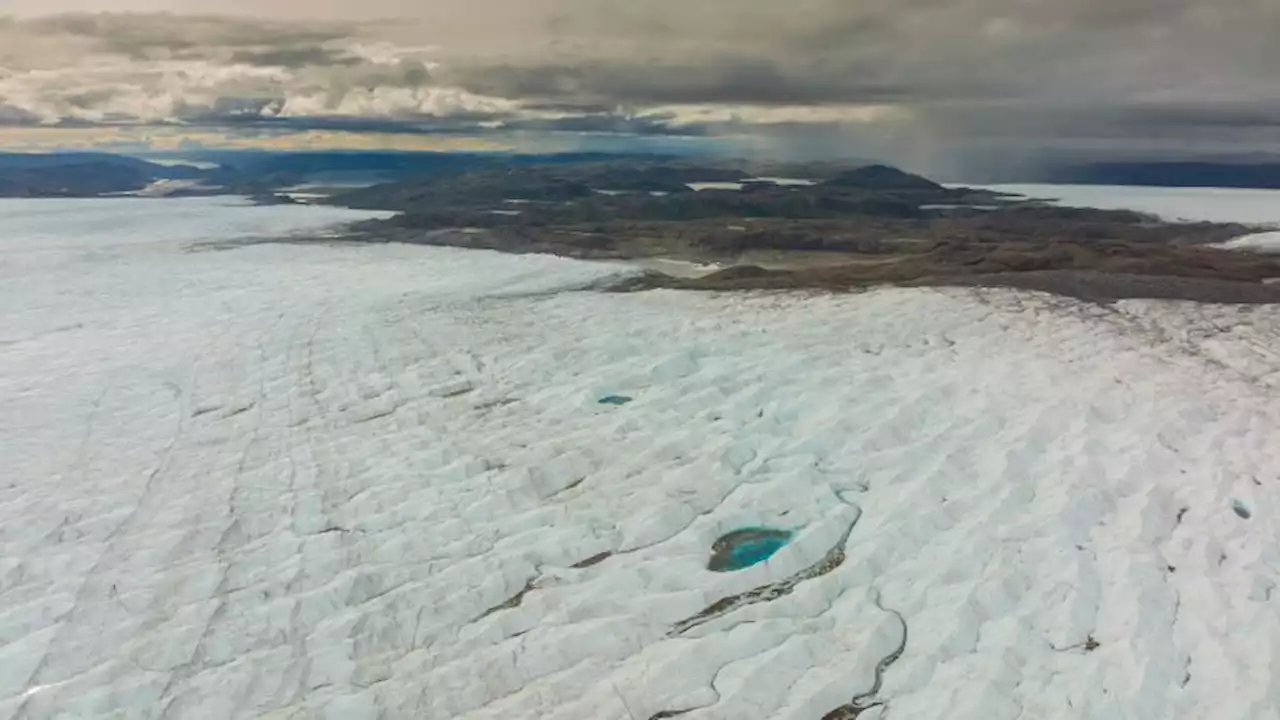After years of research on the Greenland ice sheet — which CNN visited when the cores were drilled — scientists have reported temperatures there have been the warmest in at least the past 1,000 years.
As humans fiddle with the planet’s thermostat, scientists are piecing together Greenland’s history by drilling ice cores to analyze how the climate crisis has impacted the island country over the years. The further down they drilled, the further they went back in time, allowing them to separate which temperature fluctuations were natural and which were human-caused.
” During pre-industrial times, there were no weather stations in Greenland that gathered temperature data like today. That’s why the scientists relied on paleoclimate data, such as ice cores, to study the region’s warming patterns. The last robust ice core analysis in Greenland ended in 1995, and that data didn’t detect warming despite climate change already being apparent elsewhere, Hörhold said. “With this extension to 2011, we can show that, ‘Well, there is actually warming,’” she added.
United States Latest News, United States Headlines
Similar News:You can also read news stories similar to this one that we have collected from other news sources.
 Greenland's warming spike since 1995 is the most in 1,000 years, new analysis showsA sharp spike in Greenland temperatures since 1995 showed the giant northern island is 2.7 degrees (1.5 degrees Celsius) hotter than its 20th-century average.
Greenland's warming spike since 1995 is the most in 1,000 years, new analysis showsA sharp spike in Greenland temperatures since 1995 showed the giant northern island is 2.7 degrees (1.5 degrees Celsius) hotter than its 20th-century average.
Read more »
 New ice core analysis shows recent, sharp Greenland warming spikeGreenland is 1.5 degrees Celsius hotter than its 20th-century average and is at its warmest in more than 1,000 years, according to new data.
New ice core analysis shows recent, sharp Greenland warming spikeGreenland is 1.5 degrees Celsius hotter than its 20th-century average and is at its warmest in more than 1,000 years, according to new data.
Read more »
 New ice core analysis shows sharp Greenland warming spikeNew ice core data shows Greenland is the warmest it's been in more than 1,000 years
New ice core analysis shows sharp Greenland warming spikeNew ice core data shows Greenland is the warmest it's been in more than 1,000 years
Read more »
 New ice core analysis shows sharp Greenland warming spikeA sharp spike in Greenland temperatures since 1995 showed the giant northern island 2.7 degrees (1.5 degrees Celsius) hotter than its 20th-century average, the warmest in more than 1,000 years, according to new ice core data.
New ice core analysis shows sharp Greenland warming spikeA sharp spike in Greenland temperatures since 1995 showed the giant northern island 2.7 degrees (1.5 degrees Celsius) hotter than its 20th-century average, the warmest in more than 1,000 years, according to new ice core data.
Read more »
